Siemens takes the world on the “digital silk road”
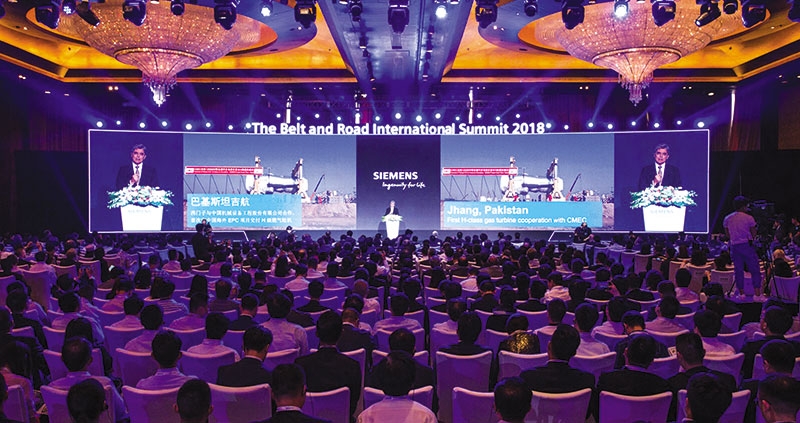 |
| At the Belt and Road International Summit held in Beijing in early June, Siemens presented the opportunities created by China’s Belt and Road Initiative |
On the sidelines of the Belt and Road International Summit held by Siemens AG in Beijing in early June, VIR’s Bach Quang spoke to Cedrik Neike, Siemens AG board member, on business opportunities for the German firm from the initiative engagement.
Siemens has just entered into more than ten agreements with Chinese partners to explore opportunities from the Belt and Road Initiative (BRI). How are the deals going?
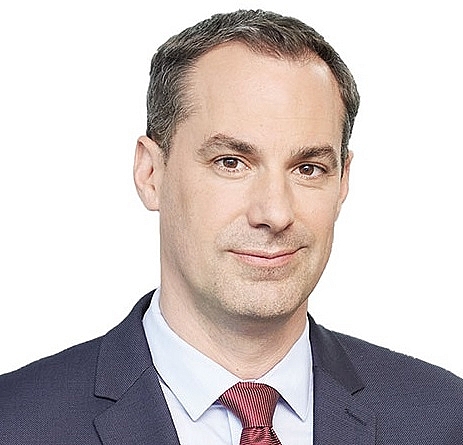 |
| Cedrik Neike |
BRI is all about infrastructure and bridge building. It is about bridges connecting societies, economies, and cultures, but also about bridges between the physical infrastructure and the digital world. Siemens is the foremost infrastructure company when it comes to linking those worlds and being able to establish a digital ecosystem. It is our vision to ultimately co-create a ‘digital silk road’.
Siemens is among the first global companies to partner with Chinese engineering, procurement, and construction (EPCs) in their “go global” endeavour. The co-operation, signed with a number of leading Chinese enterprises on the occasion of the Belt and Road International Summit,
included companies like China Gezhouba Group Corporation International Engineering Co., Ltd., Guangdong Yuedian Group Co., Ltd., China National Chemical Engineering Group Corporation Ltd., China Railway Construction Corporation (International) Ltd., China Civil Engineering Construction Corporation, and China Resources Cement Holdings Ltd. The deals cover power generation, energy management, building technology, and intelligent manufacturing, and they target market potentials of countries and regions such as Indonesia, the Philippines, Nigeria, Mozambique, as well as South America.
What can BRI engagement bring to Southeast Asia, for example in terms of regional transport connectivity and the connection between the region and Europe and Africa?
Asia is a growth area. It’s young, dynamic, and developing. Open-trade capabilities, young populations, and people being technology-savvy are great ingredients for building good environments for development. But the issue is that in order to develop, you need electricity, roads, and trains – basic infrastructure. That’s why BRI is good for Southeast Asia.
Some countries have taken a cautious, conservative approach toward the ambitious initiative, stressing challenges such as the issue of foreign debt or the notoriety of some Chinese EPC contractors. What is your view?
BRI is a huge infrastructure project which actually brings capabilities to countries which need infrastructure. That’s why we support it. We want it to be transparent and open and prosper on a level playing field. Each country will make decisions on its own. The Indonesian government, for instance, might tell you that they want to participate in BRI because it enables them to attract investment, bolsters their cost-competitive development of infrastructure, and helps push the tourism sector.
There are three ways for us to be involved in BRI with countries like Vietnam. Firstly, if EPC companies in China want to go to Vietnam to do business as part of BRI, we can make our technology available for them to go there. Secondly, what we have done with Indonesia, we would go to Vietnam and propose projects that are necessary for the country to develop; then we go back to Chinese EPC companies to see whether the projects could be part of the BRI. The third way is to work with the German government, the Vietnamese
government or other governments to build government-to-government relationships and propose strategic areas that we can develop. As such, we either provide technology, we look at projects which couldn’t have done before to make them happen, or we link different governments with each other to be able to develop projects. And the government is the decision maker.
| Joe Kaeser, President and CEO, Siemens AG
The current geopolitical constellation and the Belt and Road Initiative (BRI) are changing China’s role in the world – not just strategically, but also economically. At face value, BRI is an invitation to the rest of the world to take part in the biggest infrastructure project of all time. It’s a landmark movement that represents a 1 trillion euro ($1.16 trillion) investment in infrastructure in about 90 countries and beyond; it’s a project that has the potential to improve the lives of 70 percent of the world’s population. It’s a project that creates opportunities in practically every sector. With our comprehensive portfolio of advanced technologies, our innovation power, our technical expertise, but especially our global footprint and our flexible service models, we are ready and prepared to help Chinese companies go global. I’d like to highlight two projects which already show the success of BRI. In Kazan, Turkey, northwest of the country’s capital of Ankara, the turnkey engineering procurement construction company China Tianchen Engineering Cooperation (TCC) has helped build one of the world’s largest soda ash factories. Construction began in 2015, and the factory successfully commenced operations at the end of 2017. Only two years for building a landmark equipment factory. The Kazan combined heat and power plant supplies steam and electricity for this soda ash plant. Siemens supplied a tailor-made solution including a gas turbine, a steam turbine, and two generators. The Kazan soda project not only marked the start of our co-operation with TCC, but also set a new record in terms of project contract value for Chinese companies in Turkey at the time. Another important project example being implemented as part of BRI is under way in Pakistan. Siemens has delivered two high-efficiency gas turbines for the Jhang power plant. The delivery of these two units represents a major milestone in our co-operation with China Machinery Engineering Cooperation. The generation capacity of this project equals the total power consumption of nearly 4 million Pakistani households. These two projects illustrate an important and valuable point: Together, we can achieve great things – and together, we can serve the society wherever we join forces. Together, as reliable partners, we can make the world a better place for its people. *An excerpt from Joe Kaeser’s keynote speech at the Belt and Road International Summit 2018 |
What the stars mean:
★ Poor ★ ★ Promising ★★★ Good ★★★★ Very good ★★★★★ Exceptional
Related Contents
Latest News
More News
- AstraZeneca profit up on strong sales of cancer drugs (April 25, 2024 | 17:37)
- Call to arms for semiconductor roles (April 25, 2024 | 17:00)
- SABECO outlines growth plans for 2024 (April 25, 2024 | 16:15)
- A strengthened high-tech workforce for semiconductors (April 25, 2024 | 15:00)
- Vietnam commits $1.08 billion to train 50,000 semiconductor engineers by 2030 (April 25, 2024 | 14:51)
- Localities on first step towards training microchip labour force (April 25, 2024 | 13:00)
- Agricultural produce seeks to conquer e-commerce market (April 25, 2024 | 10:15)
- Hai Long Construction's successful 25-year journey (April 25, 2024 | 08:00)
- E-commerce platforms help to spread agricultural value (April 25, 2024 | 07:30)
- Standard Chartered revises down Vietnam's 2024 GDP growth forecast to 6 per cent (April 24, 2024 | 15:04)



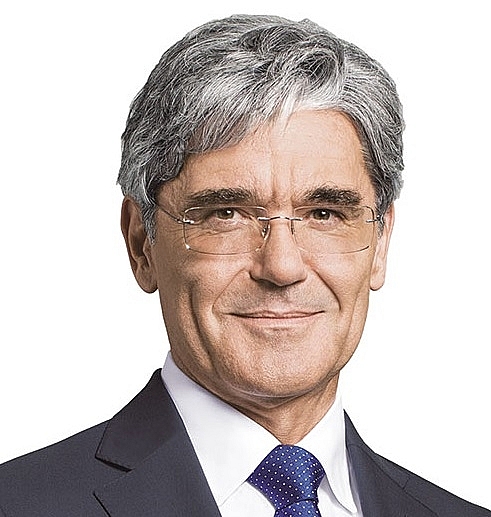
 Tag:
Tag: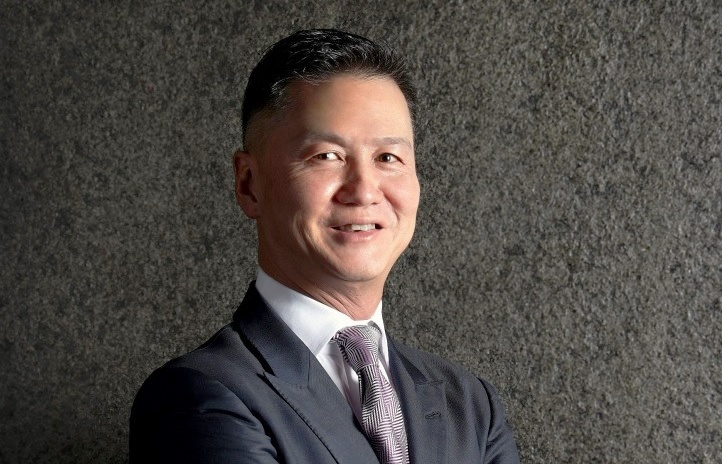

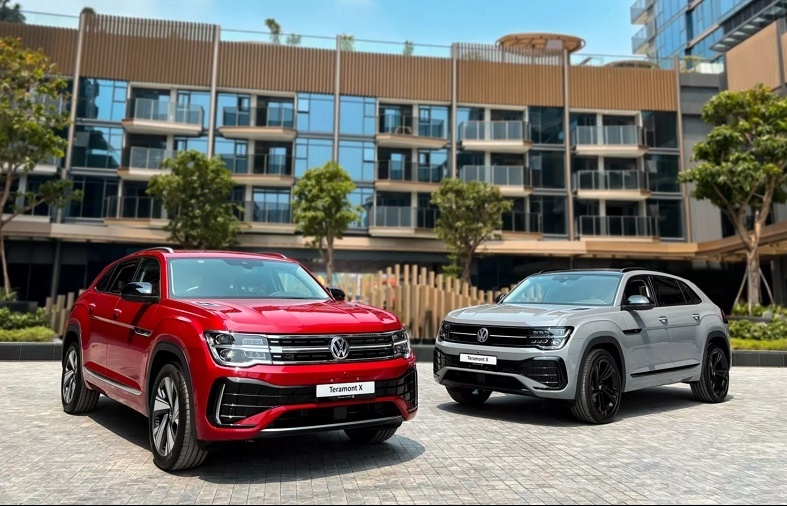
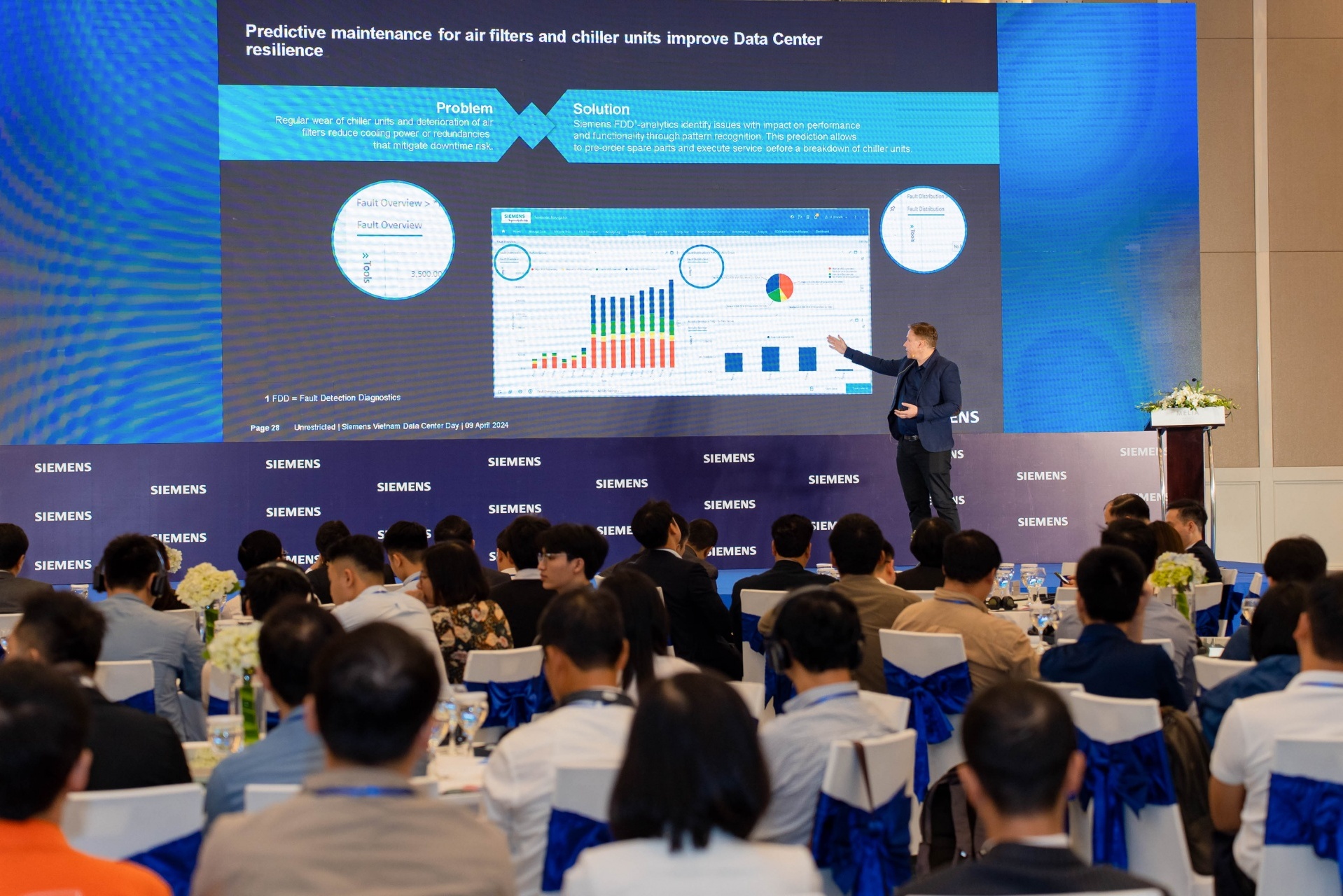
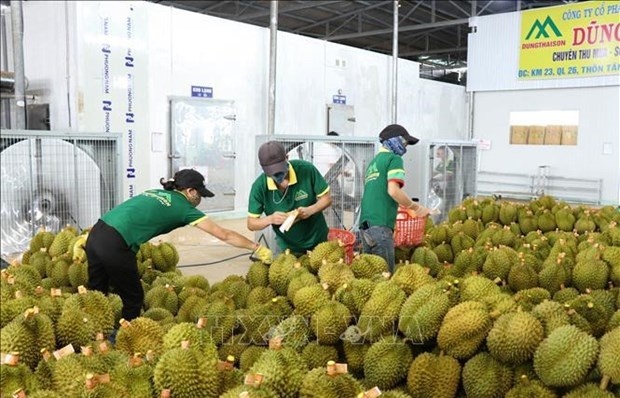
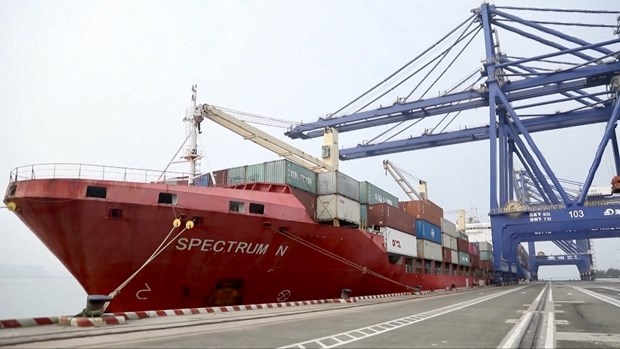
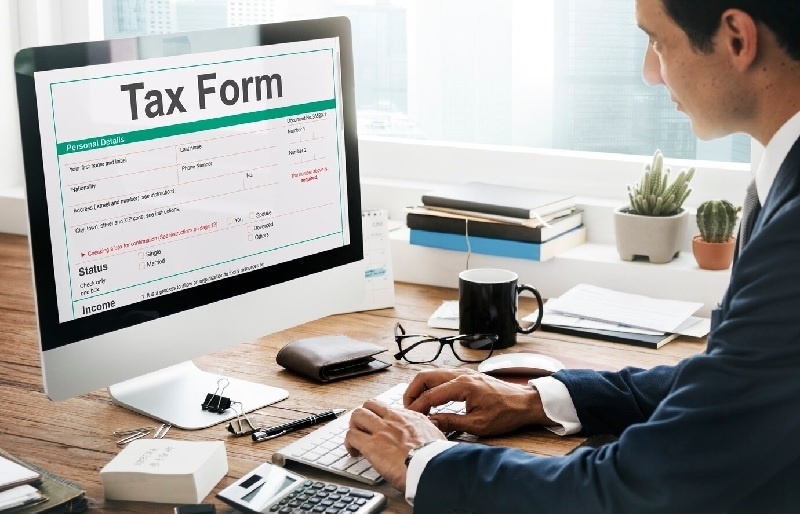
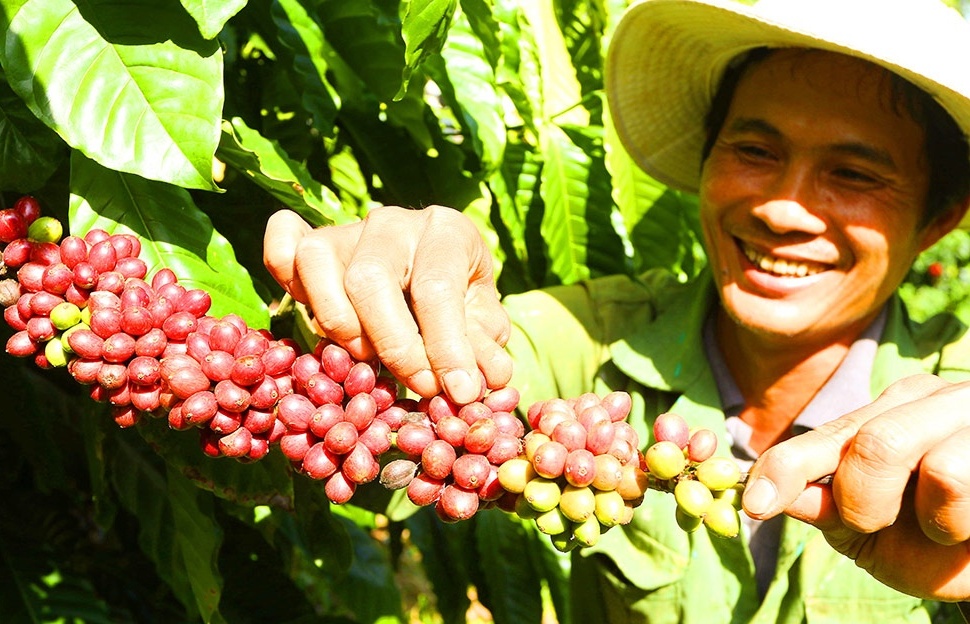
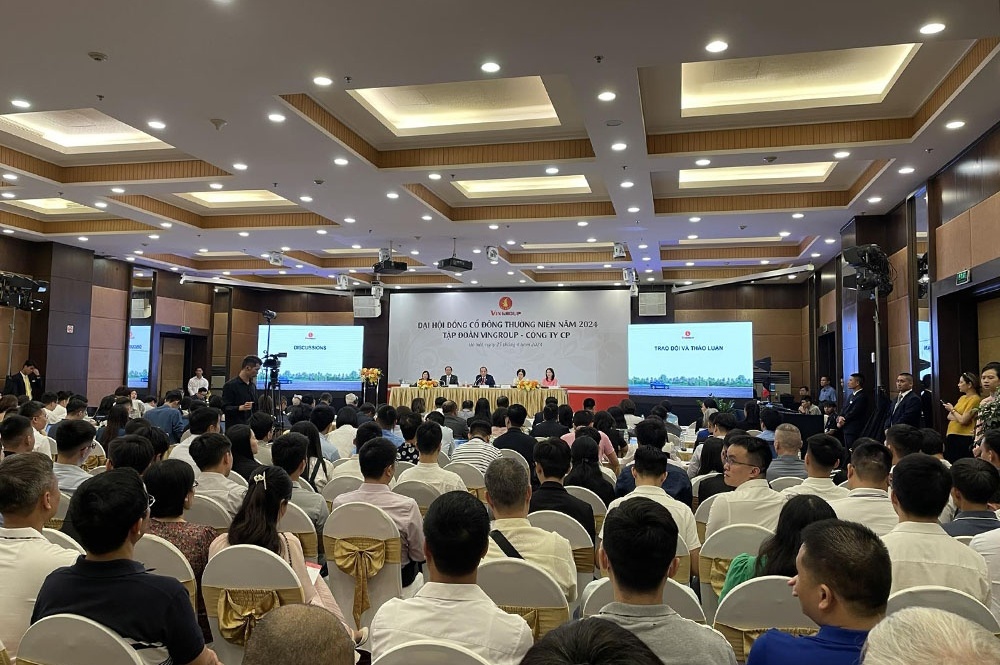
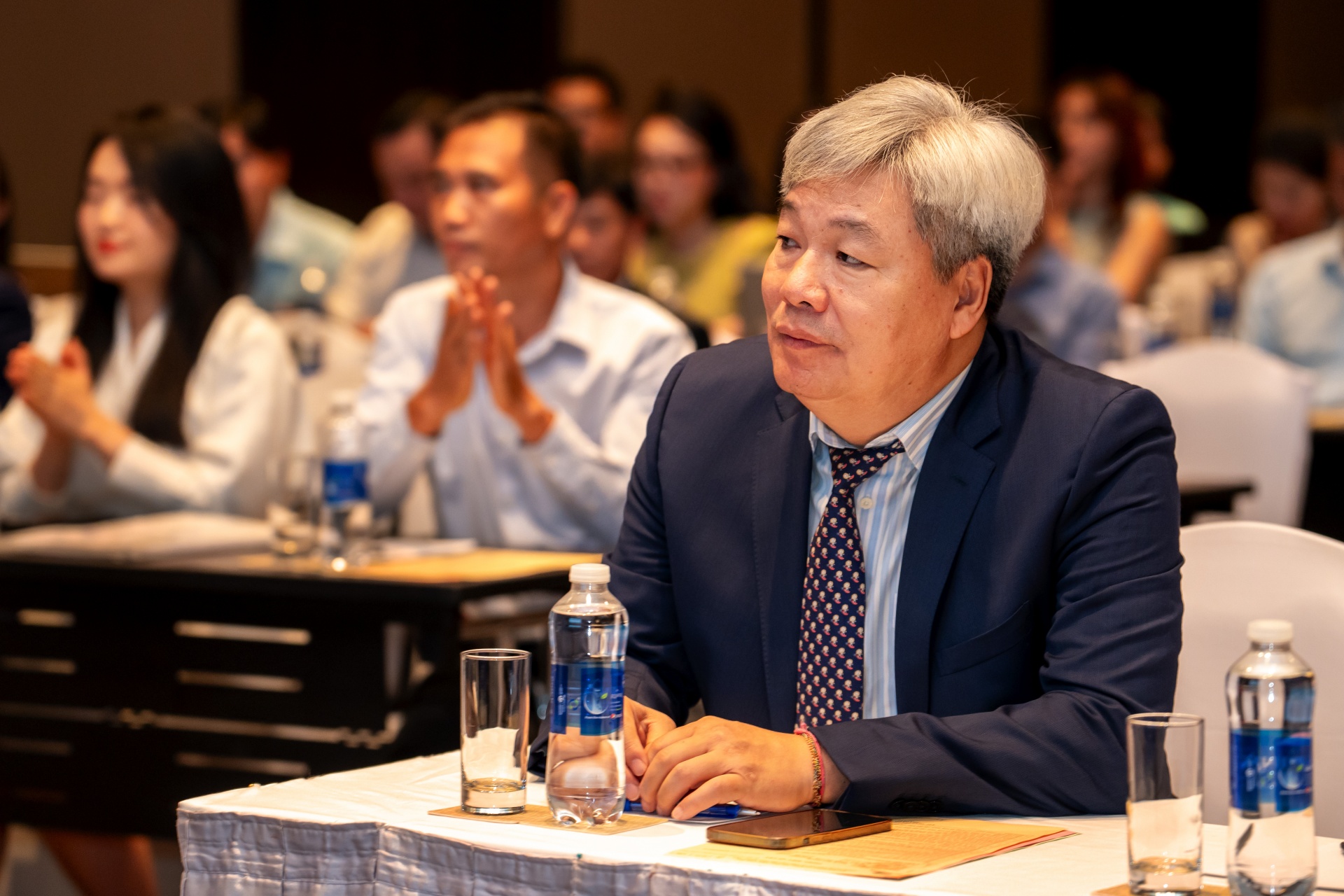
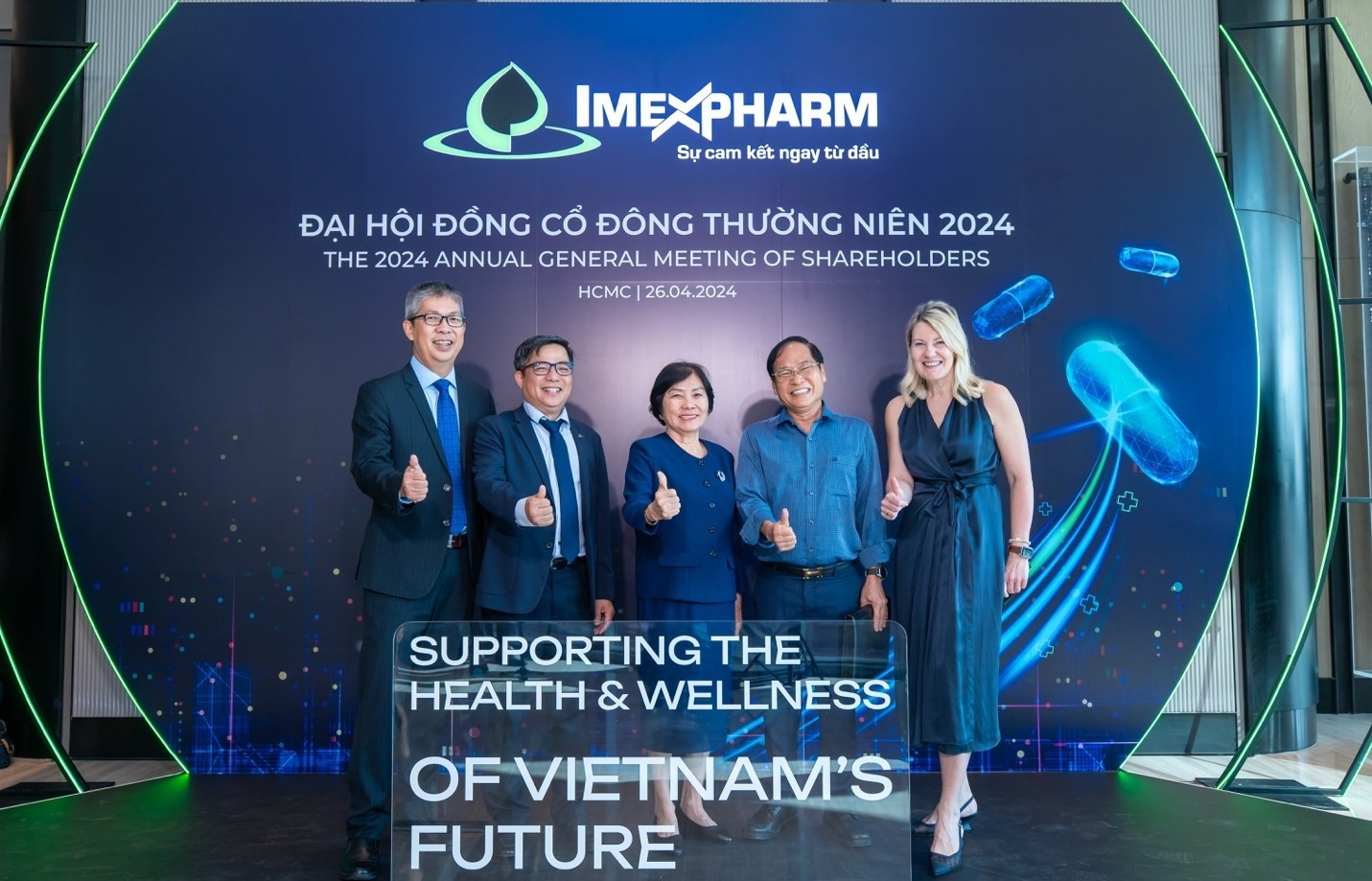



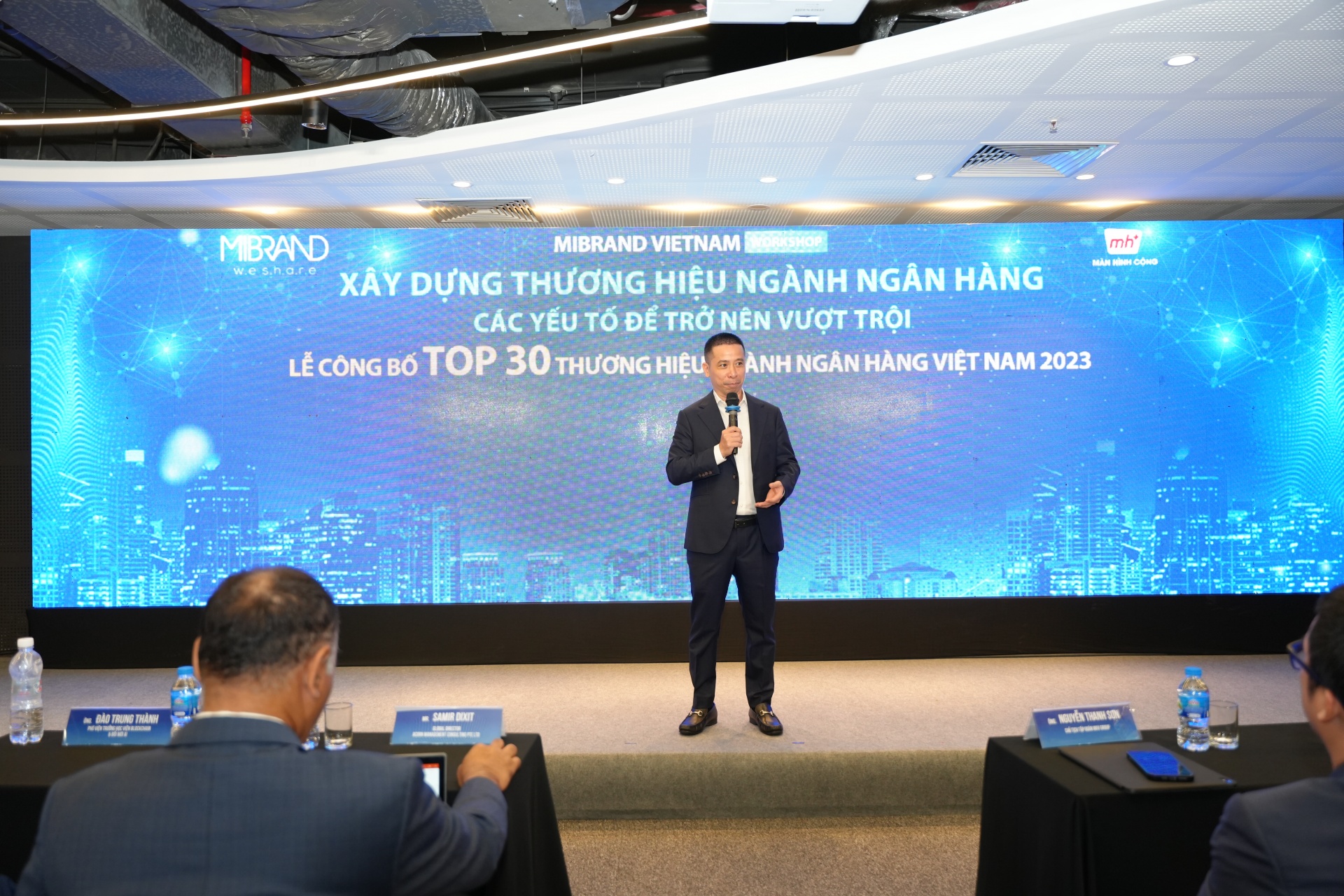



 Mobile Version
Mobile Version